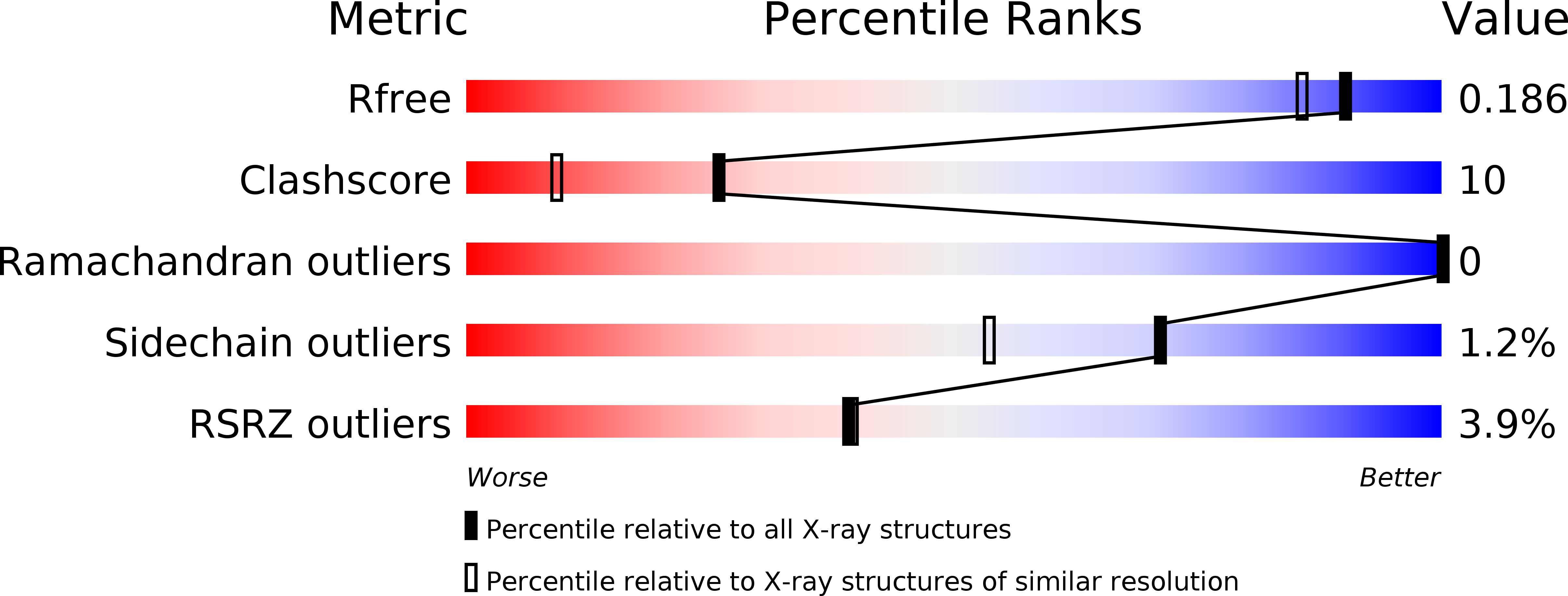
Deposition Date
2011-08-20
Release Date
2012-08-22
Last Version Date
2024-11-06
Entry Detail
PDB ID:
3TID
Keywords:
Title:
Crystal structure of the LCMV derived peptide GP34 in complex with the murine mhc class I H-2 Kb
Biological Source:
Source Organism:
Mus musculus (Taxon ID: 10090)
Homo sapiens (Taxon ID: 9606)
Lymphocytic choriomeningitis virus (Taxon ID: 11623)
Homo sapiens (Taxon ID: 9606)
Lymphocytic choriomeningitis virus (Taxon ID: 11623)
Host Organism:
Method Details:
Experimental Method:
Resolution:
1.65 Å
R-Value Free:
0.19
R-Value Work:
0.17
R-Value Observed:
0.17
Space Group:
C 1 2 1


